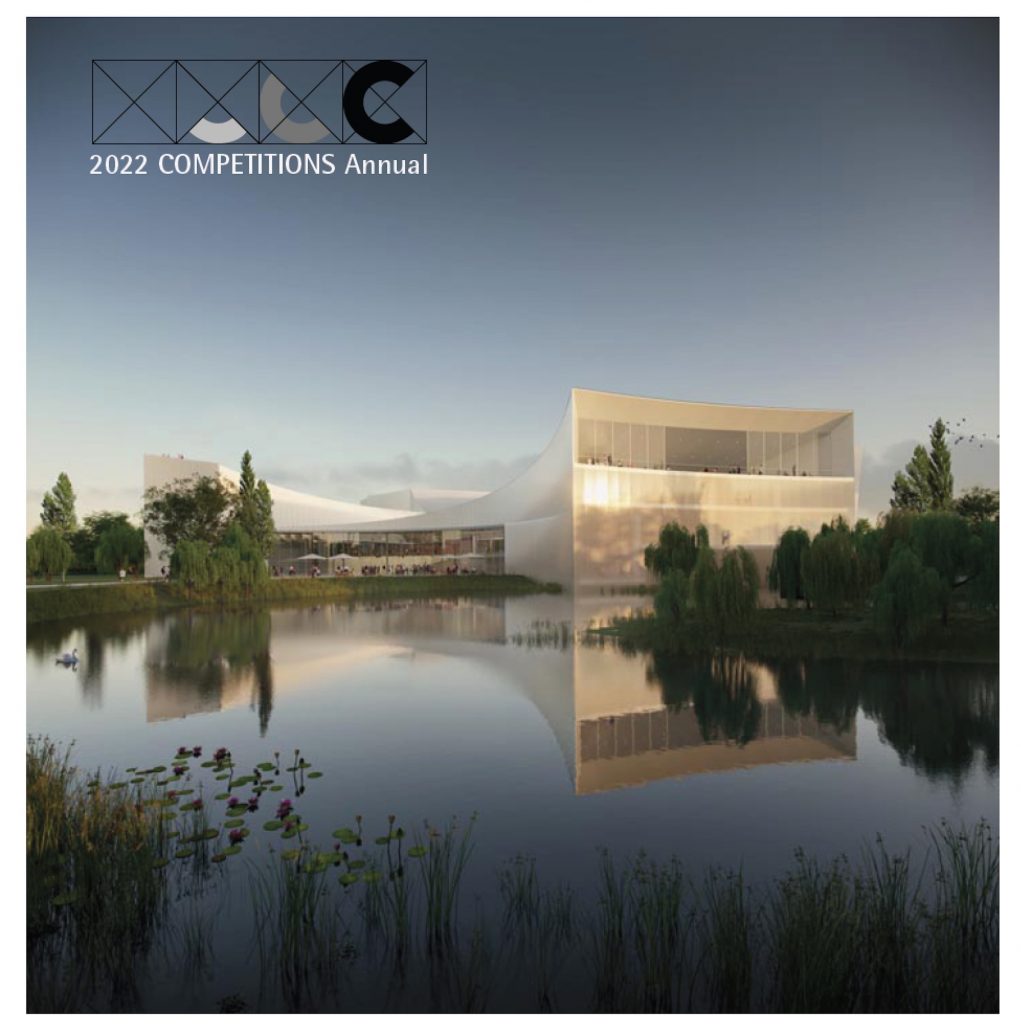Portland Museum of Art Campus Unification + Expansion
Building a Landmark for the Future

Sponsor: The Portland Museum of Art
Type: open, international, two-stage RfQ
Location: Portland, Maine
Organizers: Dovetail Design Strategists, LLC
www.dovetailstrategists.com
Eligibility: Open to architects around the world. Architects will be required to form and lead a multi-disciplinary team to include accessibility, inclusivity and sustainability experts, landscape architects, and graphic designers
Fees: None
Language: English
Timetable:
June 1, 2022 – Competition Launch
July 1, 2022 (3pm EST) – Stage I RFQ submissions due
August 2022 – Shortlist announced
28 October 2022 – Stage ll submissions due
December 2022 – Winner announced Compensation: Up to four architect-led design teams will be selected to participate in Stage II of the Design Competition and an honorarium of $50,000 will be paid to each of the shortlisted teams who have met the Portland Museum of Art’s Stage II requirements, payable upon selection of a winning team.
Anticipaed budget: The PMA anticipates the total hard construction cost for the new facilities and surrounding landscape design will be approximately USD45M
Project sizeL 60,000 net square feet plus outdoor public gathering space. Design Challenge:
The Portland Museum of Art (the PMA), founded in 1882, is Maine’s largest and most visited art institution, and among the oldest museums in America. Located in the heart of downtown Portland, one of the country’s most beloved cities, the museum encompasses a full city block of historically and architecturally significant buildings. The PMA’s world-class collection includes more than 18,000 objects, including 19th-and-20th century American and European art, modern and contemporary art, and iconic works from Maine that highlight the rich artistic traditions of the state and its artists.
The museum has outgrown its current campus due to increased visitation and several major gifts to its collection. The broadening and diversification of the artwork, record attendance prior to the pandemic and community feedback have underlined the need for more space.
The PMA sees this as an opportunity to discover the impact a museum can have when it is built through an inclusive lens. By creating a community hub with myriad collaborative spaces, and focusing on groundbreaking approaches to art, the PMA believes it can become a place where all people feel they belong. More than just a new building, the PMA’s campus unification and expansion is a value proposition, envisioning the monumental positive impact museums can have on their communities.
The institution’s progressive and inclusive outlook on curation, education, and engagement will be reflected through innovative and future-forward architecture. This will ensure the PMA and the region’s future is rooted in diversity, equity, accessibility, inclusivity, and sustainability. And as a result, the PMA will transform the very nature of what a museum can be.
The PMA’s new museum wing will anchor and integrate the entire campus and double the institution’s existing size. It will be an environmentally and ecologically responsible expansion that will accommodate new collections and major exhibitions, host community events, programs, and performance space for the seeing and making of art, and will consolidate all staff offices.
The museum’s bold and ambitious agenda will physically harness the PMA’s commitments and deep values through an architecture that will renew, revitalize and redefine a museum’s role in society. The PMA is courageous, forward-looking and intent on creating a paradigm shift for museums around the globe.
The Portland Museum of Art Campus Unification + Expansion International Design Competition challenges architects to form a multi-disciplinary team with accessibility, inclusivity and sustainability experts, landscape architects and graphic designers to create an inclusive place that champions open expression and makes art accessible to all, a place that delivers on the promise of the PMA’s mission, Art for All. The PMA imagines an inclusive and iconic Landmark for the Future. Jury:
Kyo Bannai, Board of Trustees
Mark H.C. Bessire, Judy and Leonard Lauder Director
Milton Curry, Della & Harry MacDonald Dean of the University of Southern California School of Architecture, Principal, Milton Curry ProjectStudio
Eileen Gillespie, Vice President, Board of Trustees, Visual Artist
Cyrus Hagge, President, Board of Trustees, Owner, Project Management, Inc.
Jocelyn Handy, Board of Trustees
Elizabeth Jabar, Board of Trustees, Lawry Family Director of Civic Engagement and Partnerships, Colby College
Bob Ludwig, President and Chief Mastering Engineer, Gateway Mastering Studios
Marcia Minter, Board of Trustees, Co-Founder and Executive Director, Indigo Arts Alliance
Theresa Secord, Board of Trustees, Executive Director at Maine Indian Basketmakers Alliance
Jack Soley, Board of Trustees, Partner, East Brown Cow
Monica von Schmalensee, Partner, White Arkitekter
Sara Zewde, Founding Principal, Studio Zewde, Assistant Professor, Harvard Graduate School of Design
Susanna Sirefman, Competition Director and Jury Advisor, President, Dovetail Design Strategists HOW to SUBMIT:
https://www.portlandmuseum.org/competition 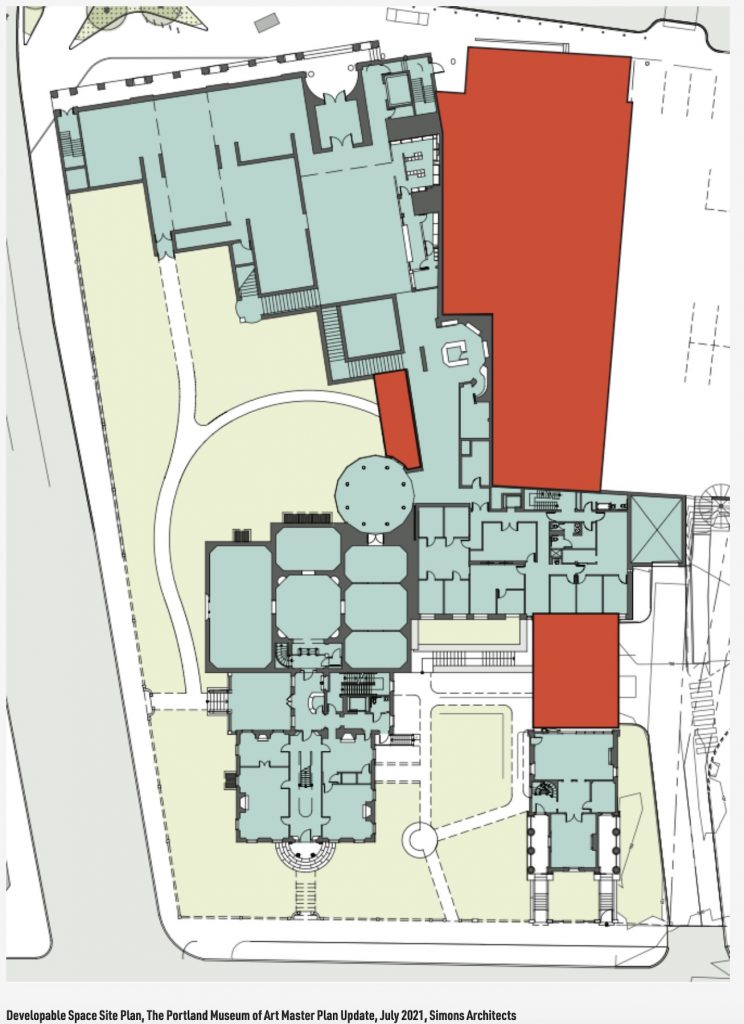 |
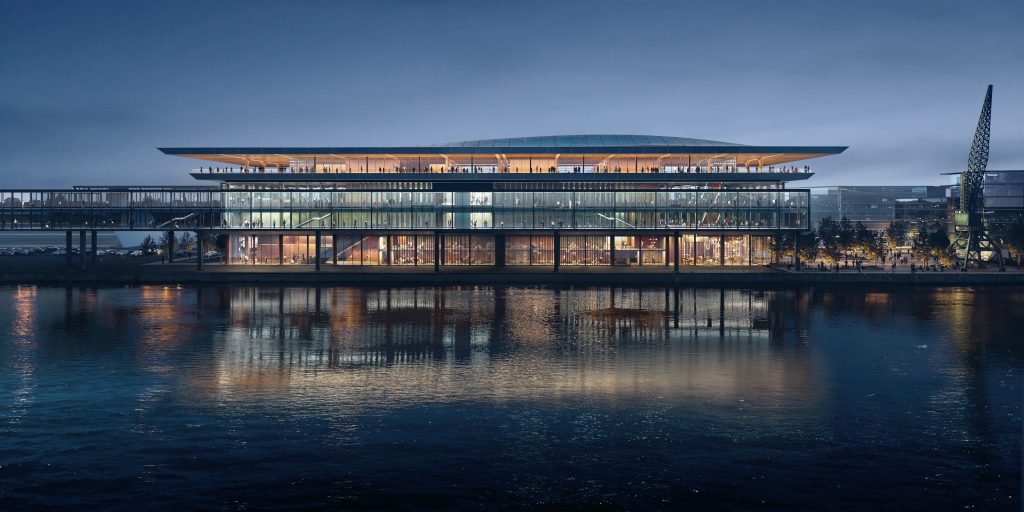
1st Place: Zaha Hadid Architects – night view from river – Render by Negativ
Arriving to board a ferry boat or cruise ship used to be a rather mundane experience. If you had luggage, you might be able to drop it off upon boarding, assuming that the boarding operation was sophisticated enough. In any case, the arrival experience was nothing to look forward to. I recall boarding the SS United States for a trip to Europe in the late 1950s. Arriving at the pier in New York, the only thought any traveler had was to board that ocean liner as soon as possible, find one’s cabin, and start exploring. If you were in New York City and arriving early, a nearby restaurant or cafe would be your best bet while passing time before boarding. Read more… Young Architects in Competitions When Competitions and a New Generation of Ideas Elevate Architectural Quality 
by Jean-Pierre Chupin and G. Stanley Collyer
published by Potential Architecture Books, Montreal, Canada 2020
271 illustrations in color and black & white
Available in PDF and eBook formats
ISBN 9781988962047
Wwhat do the Vietnam Memorial, the St. Louis Arch, and the Sydney Opera House have in common? These world renowned landmarks were all designed by architects under the age of 40, and in each case they were selected through open competitions. At their best, design competitions can provide a singular opportunity for young and unknown architects to make their mark on the built environment and launch productive, fruitful careers. But what happens when design competitions are engineered to favor the established and experienced practitioners from the very outset? This comprehensive new book written by Jean-Pierre Chupin (Canadian Competitions Catalogue) and Stanley Collyer (COMPETITIONS) highlights for the crucial role competitions have played in fostering the careers of young architects, and makes an argument against the trend of invited competitions and RFQs. The authors take an in-depth look at past competitions won by young architects and planners, and survey the state of competitions through the world on a region by region basis. The end result is a compelling argument for an inclusive approach to conducting international design competitions. Download Young Architects in Competitions for free at the following link: https://crc.umontreal.ca/en/publications-libre-acces/ 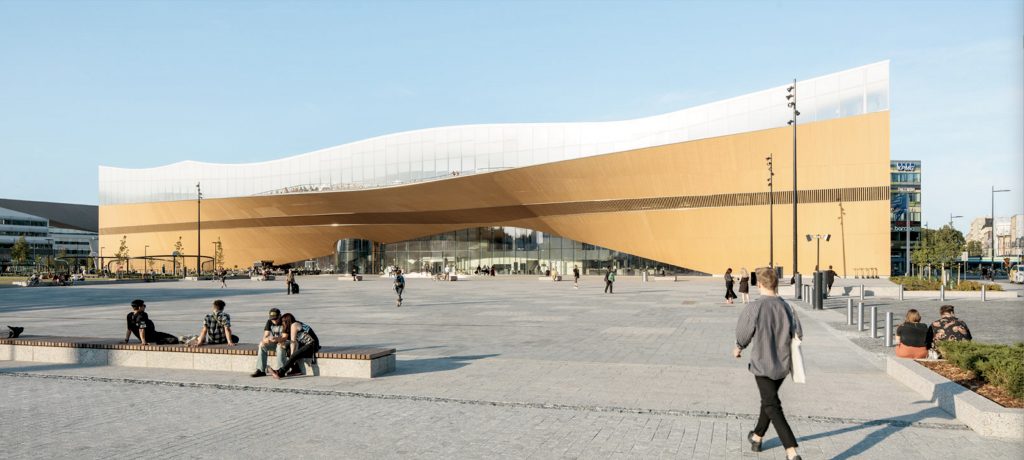
Helsinki Central Library, by ALA Architects (2012-2018)
The world has experienced a limited number of open competitions over the past three decades, but even with diminishing numbers, some stand out among projects in their categories that can’t be ignored for the high quality and degree of creativity they revealed. Included among those are several invited competitions that were extraordinary in their efforts to explore new avenues of institutional and museum design. Some might ask why the Vietnam Memorial is not mentioned here. Only included in our list are competitions that were covered by us, beginning in 1990 with COMPETITIONS magazine to the present day. As for what category a project under construction (Science Island), might belong to or fundraising still in progress (San Jose’s Urban Confluence or the Cold War Memorial competition, Wisconsin), we would classify the former as “built” and wait and see what happens with the latter—keeping our fingers crossed for a positive outcome. Read More… 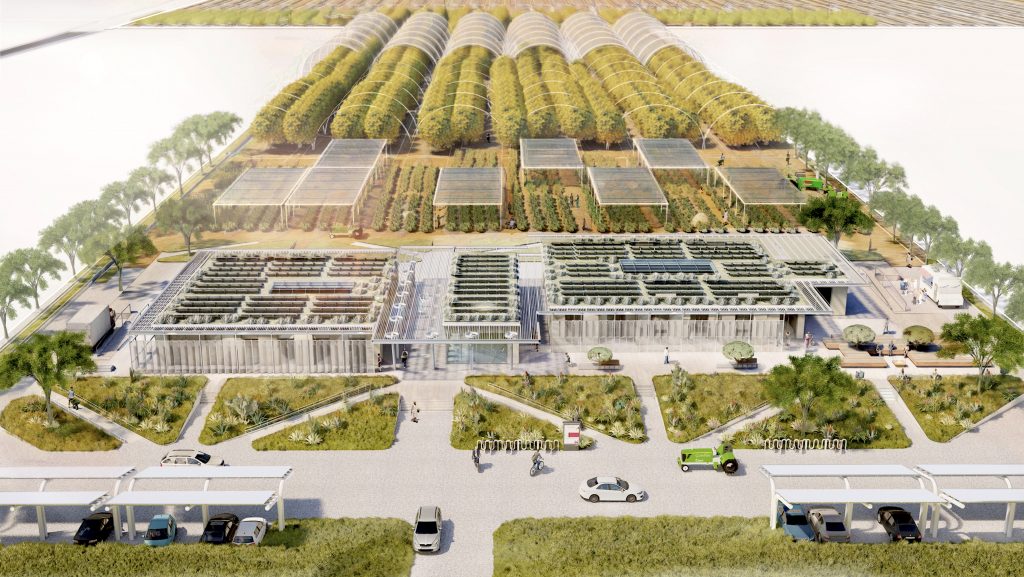
2023 Teaching and Innovation Farm Lab Graduate Student Honor Award by USC (aerial view)
Architecture at Zero competitions, which focus on the theme, Design Competition for Decarbonization, Equity and Resilience in California, have been supported by numerous California utilities such as Southern California Edison, PG&E, SoCAl Gas, etc., who have recognized the need for better climate solutions in that state as well as globally. Until recently, most of these competitions were based on an ideas only format, with few expectations that any of the winning designs would actually be realized. The anticipated realization of the 2022 and 2023 competitions suggests that some clients are taking these ideas seriously enough to go ahead with realization. Read more… 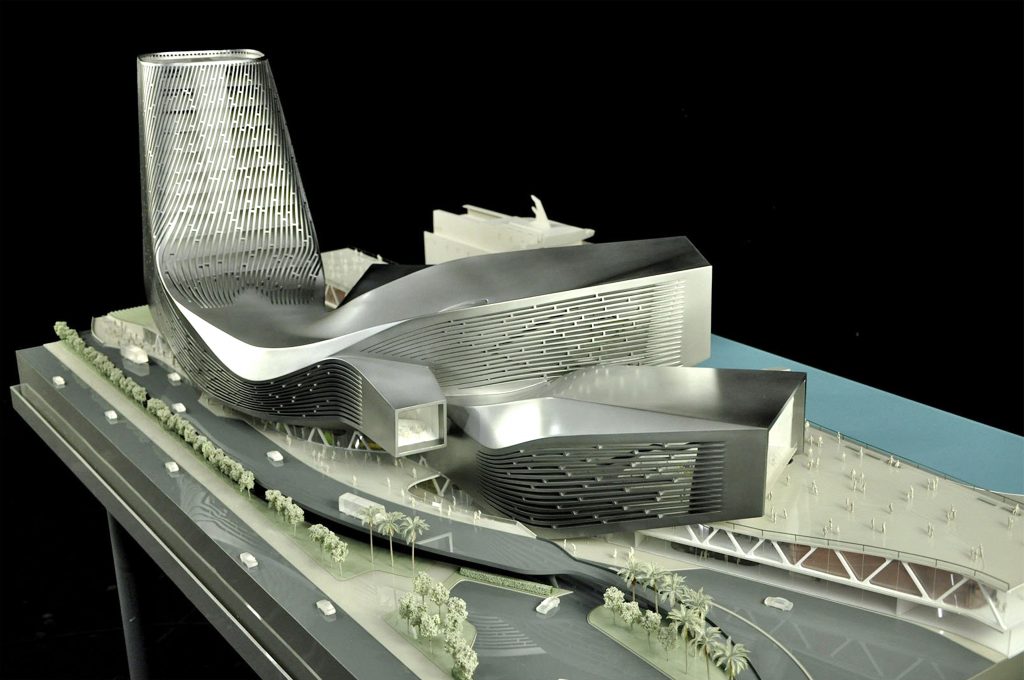
RUR model perspective – ©RUR
New Kaohsiung Port and Cruise Terminal, Taiwan (2011-2020)
Reiser+Umemoto RUR Architecture PC/ Jesse Reiser – U.S.A.
with
Fei & Cheng Associates/Philip T.C. Fei – R.O.C. (Tendener)
This was probably the last international open competition result that was built in Taiwan. A later competition for the Keelung Harbor Service Building Competition, won by Neil Denari of the U.S., the result of a shortlisting procedure, was not built. The fact that the project by RUR was eventually completed—the result of the RUR/Fei & Cheng’s winning entry there—certainly goes back to the collaborative role of those to firms in winning the 2008 Taipei Pop Music Center competition, a collaboration that should not be underestimated in setting the stage for this competition Read more… 
Winning entry ©Herzog de Meuron
In visiting any museum, one might wonder what important works of art are out of view in storage, possibly not considered high profile enough to see the light of day? In Korea, an answer to this question is in the making. It can come as no surprise that museums are running out of storage space. This is not just the case with long established “western” museums, but elsewhere throughout the world as well. In Seoul, South Korea, such an issue has been addressed by planning for a new kind of storage facility, the Seouipul Open Storage Museum. The new institution will house artworks and artifacts of three major museums in Seoul: the Seoul Museum of Modern Art, the Seoul Museum of History, and the Seoul Museum of Craft Art.
Read more… |





























